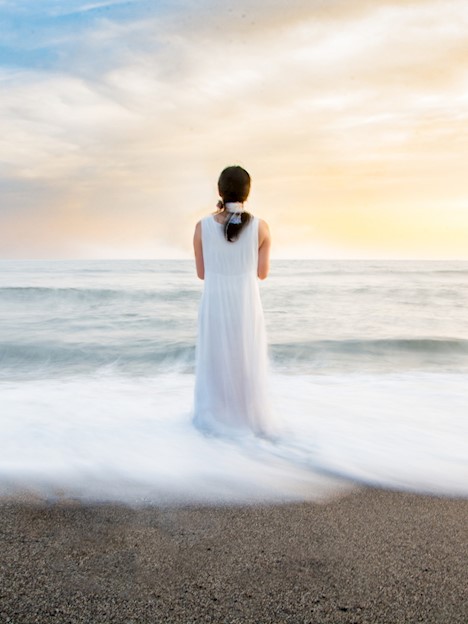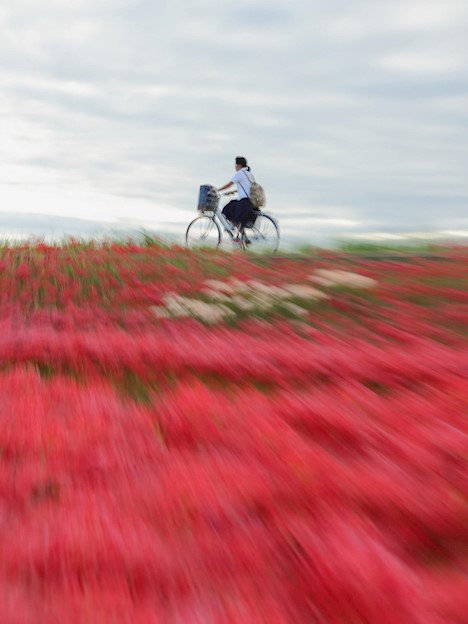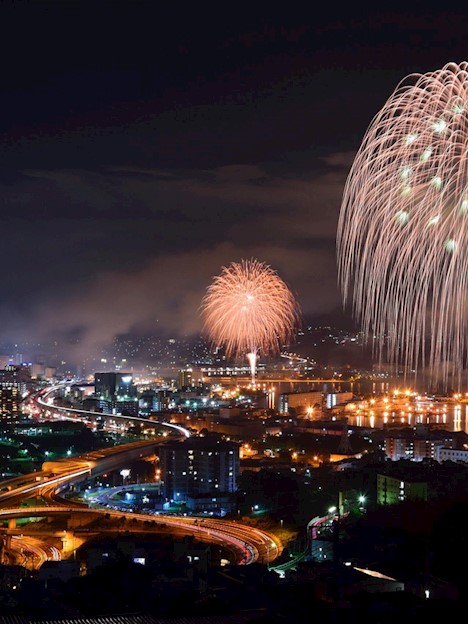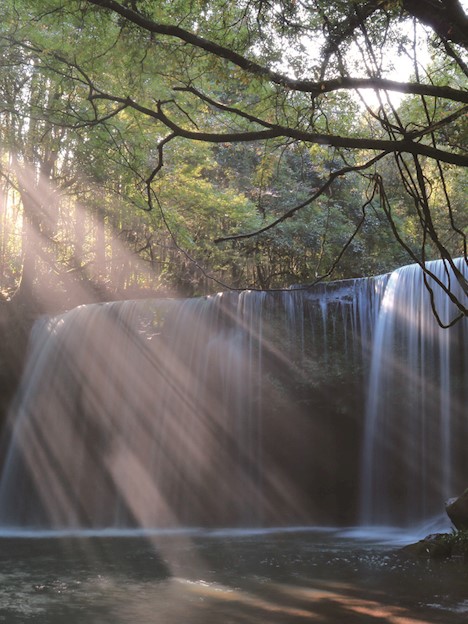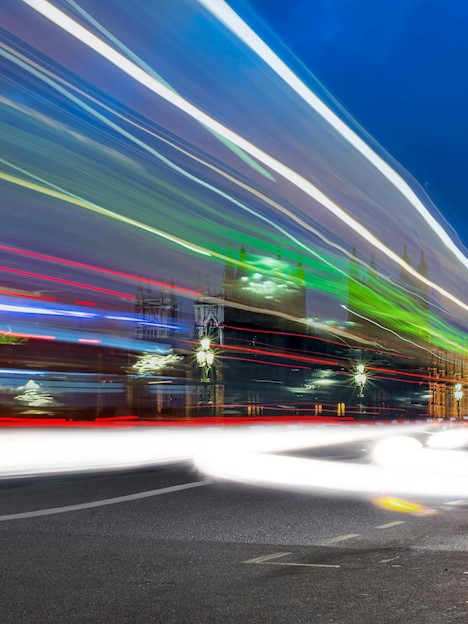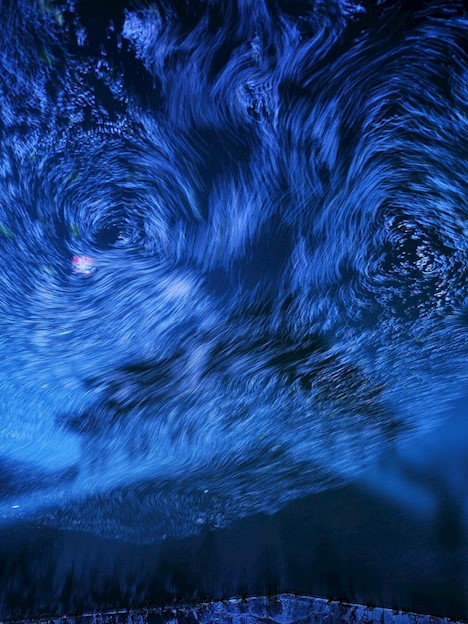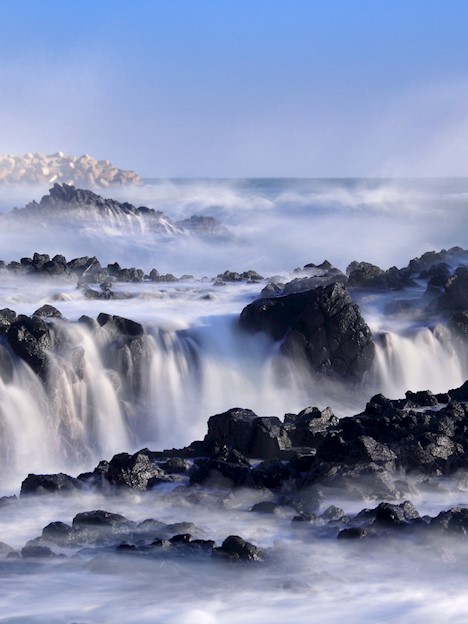Some notions about aperture and shutter speed are required to master the use of ND filters.
The first thing you need to know is that "exposure" (i.e. how much your image will be bright) is determined by combining "aperture" and "shutter speed"*.
* ISO will determine your exposure value as well.
Aperture
The aperture controls and regulates the amount of light allowed to enter the lens.
It is expressed in f-numeric values (aperture value). Standard f-numeric values are, for example, f/1.4, f/2, f/2.8.
The higher the f-number, the smaller the quantity of light will be allowed to enter the lens, and vice versa. For example, when switching from f/1.4 to f/2, half the amount of light allowed to enter the lens is cut off.
Aperture also affects depth of field (i.e. how much your image will look sharp or blurred). With a low f-number value, for example, you can get a much blurred background.

Shutter speed
The shutter speed is the amount of time your camera shutter will stay open. When the shutter is open, the light can hit the sensor and the image can be captured. The slower the shutter speed, the longer the light hits the sensor.
For example, when setting the shutter speed from 1/60 sec to 1/30 sec, the amount of light hitting the sensor is doubled.
With a slow shutter speed you can capture and express the movement of moving objects in your images.


